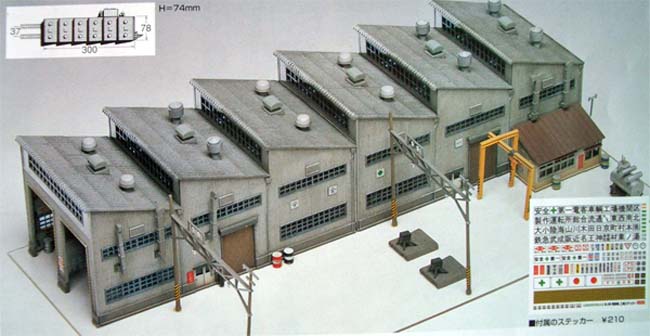It's a totally different material to resin. I'd recommend gettting a smaller amount if you're not familiar with it or know that you want to cast something definitely with plaster/die stone.
I'm heading the opposite direction. I've worked with die stones and dental plasters and am just getting started with resins (started with cheap polyester resin from an autobody supply shop).
The last 50 pound box of die stone I bought was like a foot wide cube. The die stone was bagged inside of that and filled the box up about 90% of the way.
Die stone feeds and feeds into water. You'll be surprised at how much a given volume of water will absorb.
My general thinking is that plaster/die stone is better for some terrain and resin for miniatures. Whether or not I'd go with resin or die stone would be a decision made on a case by case basis depending on the shape of the piece and the nature of the mould.
Also, never dispose of plaster/water solutions down the drain. Always let the plaster set completely and throw it out. Sounds like a no brainer, but it's easy enough to forget and it only takes one time to block a pipe. And even a really thin plaster/water solution will cause a build up over time.
thedugan wrote:I'm not questioning that it worked, just whether or not it's the most cost-effective solution.
My thinking is that for a meteor, the rotating with polyester resin to make a mostly hollow cast might be the way to go. Like the guy did with the rock casting on the taxidermy site.
Die stone is about strength rather than volume, so it takes a surprisingly high weight of dry powder to make a given volume of plaster. So as far as cost effectiveness goes, if you can mix up polyester resin in small quantities and get good results with it, that'll probably be cheaper than die stone. Die stone has the advantage of being all water based with no nasty fumes though. And it's more sandable/workable than polyester resin. Also, less heat is produced, so you can get a longer mould life.
